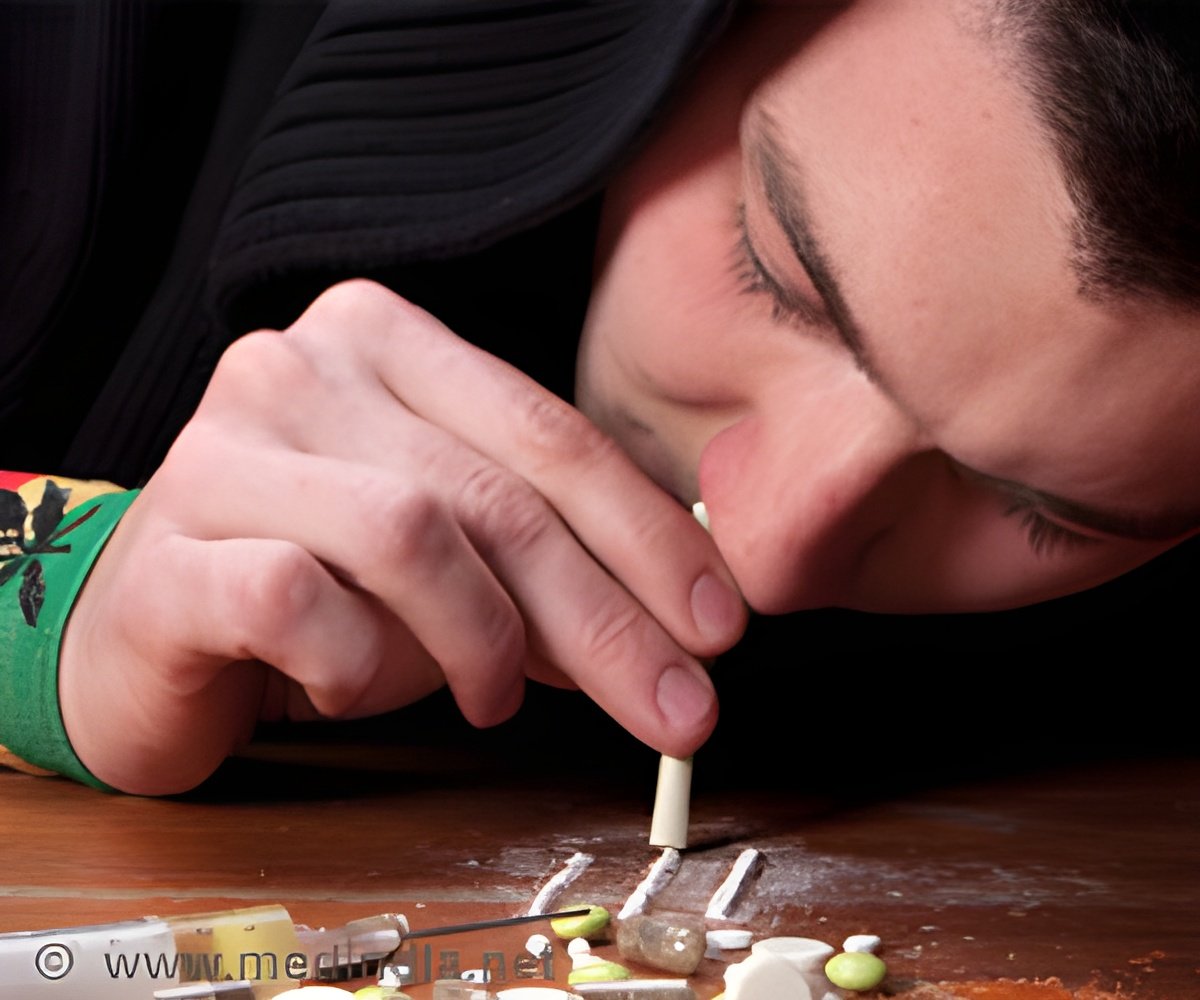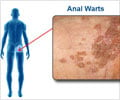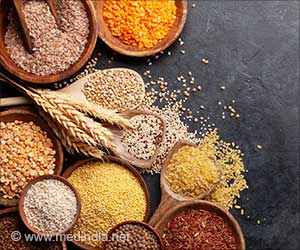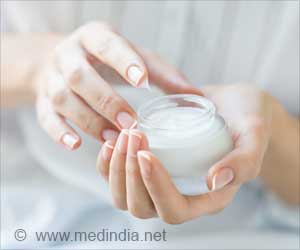Kratom may benefit as an opioid alternative and research on pharmacologic properties will end if Drug Enforcement Authorization classifies it as Schedule 1 drug.

- Kratom is a herbal supplement used to relieve pain, fatigue and opioid withdrawal.
- Delayed ban on Kratom can help to understand herb’s active ingredient and study pharmacological properties.
- Drug Enforcement Administration is yet to decide the place of kratom in Schedule 1 drug category.
The pharmacologically active compounds in kratom contain mitragynine, 7- hydroxy mitragynine, paynantheine, speciogynine and 20 other substances were considered for study.
The extensive amount of unreliable evidence and scientific research on kratom can be safe and less addictive for the treatment of opioid withdrawal.
Walter Prozialeck, chairman of the Department of Pharmacology at Midwestern University Chicago College of Osteopathic Medicine said, "There's no question kratom compounds have complex and potential useful pharmacologic activities and they produce chemically different actions from opioids."
"Kratom doesn't produce an intense euphoria and, even at very high doses, it doesn't depress respiration, which could make it safer for users."
"Many important medications, including the breast cancer treatment tamoxifen, were developed from plant research," he added.
Anita Gupta, DO, PharmD and special advisor to FDA, said, "While the DEA and physicians have valid safety concerns, it is not at all clear that kratom is the culprit behind the adverse effects."
Kratom is currently banned in Alabama, Florida, Indiana, Arkansas, Wisconsin and Tennessee. The DEA is yet to decide to place kratom in the Schedule 1 drug category.
Schedule 1 category consists of drugs without any known medical benefit. Heroin, mescaline, marijuana are some of the drugs placed in the DEA Schedule 1 category which does not allow scientists from studying those substances.
Source-Medindia















